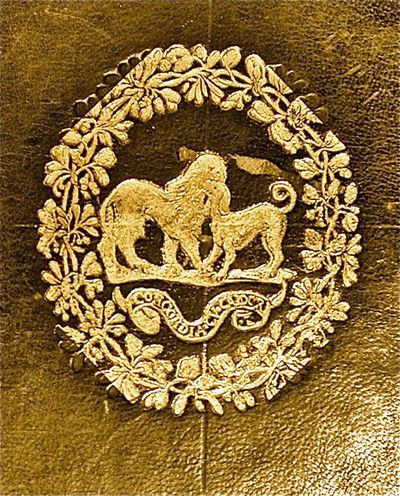Thomas Howard 1586-1646
Thomas HOWARD, 14th Earl of Arundel 1586-1646
Biographical Note
Born at Finchingfield, Essex, son of Philip Howard, 13th Earl of Arundel (1557–1595). His family titles were restored in 1604, excepting the earldom of Norfolk. He was a member of Prince Henry’s circle and held various offices at James and Charles’ courts: he was appointed Knight of the Garter in 1611 and escorted Elizabeth, the electress consort Palatine, and her husband to Heidelberg in 1613. He was also appointed to smaller roles, such as a commission to discover the value of fines, heriots, perquisites, and offices at court, and to the council for the plantation of New England. He escorted Marie de Médicis to Holland in 1641, after which he took up residence in Padua. He contributed £54,000 to the King’s cause in the Civil War and subsequently suffered losses, his jewels and estates being seized in 1643. He was created Earl of Norfolk in 1644.
Arundel is best remembered for his knowledge and patronage of the arts and for the significance of his own acquisitions. His patronage advanced the careers of artists and architects such as Inigo Jones, van Dyck and Rubens and scholars who wrote about art, such as John Selden and Henry Peacham. Arundel amassed ‘what may have been the best collection of drawings by major Renaissance artists ever assembled’ (ODNB), including the work of da Vinci, Holbein, Raphael and Durer, and also acquired jewels, coins, books and manuscripts, and the Arundel Marbles that are now held at the Ashmolean.
Books
Arundel's collections were partly dispersed after his death. His printed books were given to the Royal Society in 1666 by his grandson Henry Howard, 6th Duke of Norfolk; the Royal Society sold its portion to the British Museum in 1831, and they now form the Arundel manuscripts within the British Library.
Sources
- British Armorial Bindings.
- Ovenden, R. Thomas Howard in W. Baker (ed), Pre-19th century British book collectors, 1999, 155-63.
- Peck, L. Consuming splendour, 2005, 126-9.
- Smuts, R. Malcolm. "Howard, Thomas, fourteenth earl of Arundel, fourth earl of Surrey, and first earl of Norfolk (1585–1646), art collector and politician." Oxford Dictionary of National Biography.
